

Best Sleeping Positions for Scoliosis
The best sleeping positions for scoliosis are not much different than for the average person and can’t structurally impact an abnormal spinal curvature.
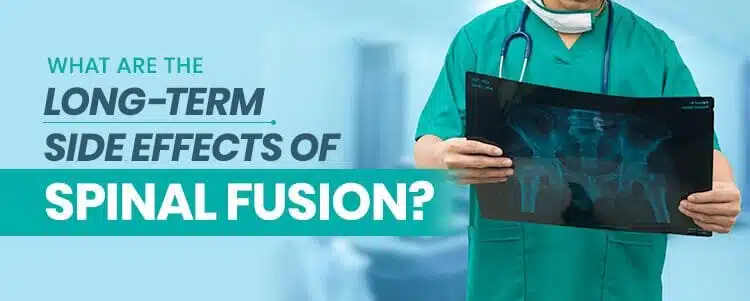

What are the Long-Term Side Effects of Spinal Fusion?
We explore the long-term side effects of spinal fusion surgery, including the reasoning behind scoliosis patients opting for this treatment approach.


How Can I Straighten My Spine Naturally?
This post addresses the question, how can I straighten my spine naturally, and discusses the merits of more natural approaches designed by a specialist.
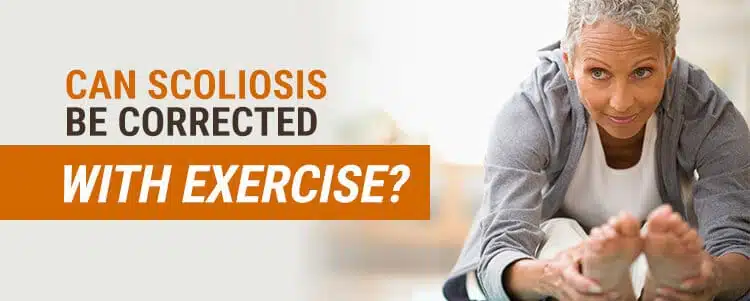

Can Scoliosis be Corrected with Exercise?
This article answers the question can scoliosis be corrected with exercise and explains the difference between general and scoliosis-specific exercise.


Can You Correct Scoliosis in Adults?
Here, in this post, we will be answering the question, can you correct scoliosis in adults, and what it means to ‘correct’ a condition like scoliosis.
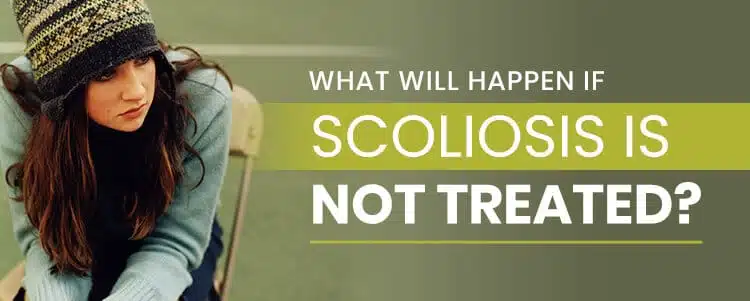

What Will Happen if Scoliosis Isn’t Treated?
In the following article, we will be exploring what will happen if/when scoliosis isn’t treated and the benefits for the patient of active treatment.
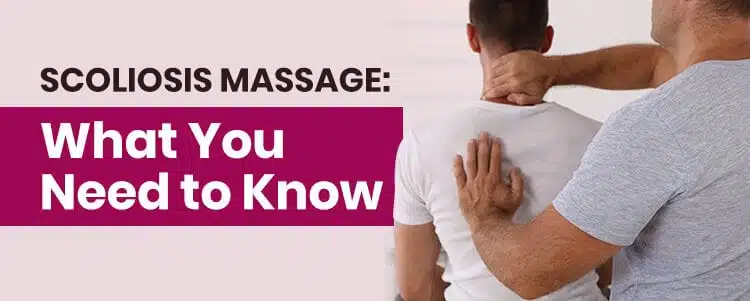

Scoliosis Massage: Is It Effective or Not?
Scoliosis massage can do little more than temporarily relieve the associated pain, but does nothing to actually treat the condition.
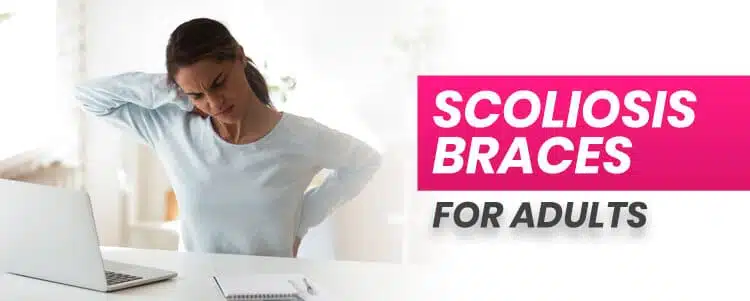

Scoliosis Braces for Adults
We will be exploring scoliosis braces for adults and how they must be designed and used to be effective.
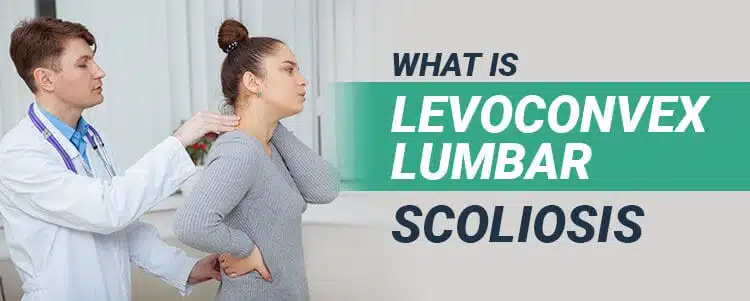

What is Levoconvex Lumbar Scoliosis?
Have you ever wondered what is levoconvex lumbar scoliosis? We’ll explore and explain each medical term that makes up its name, and how it affects you.
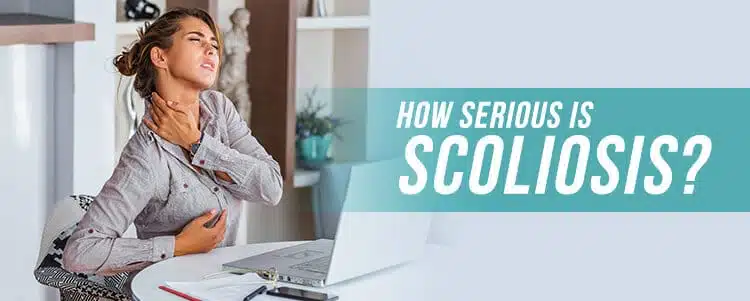

How Serious is Scoliosis?
Do you know how serious is scoliosis? There are varying degrees of scoliosis and we’ll show you the condition’s characteristics that determine its severity.
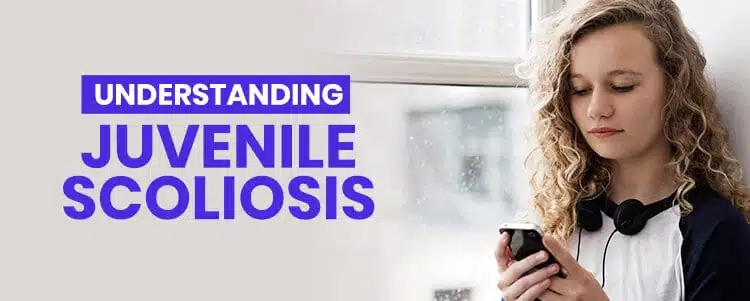

Understanding Juvenile Scoliosis
This article will lead readers to a better understanding of juvenile scoliosis, including causation and effective treatment options.
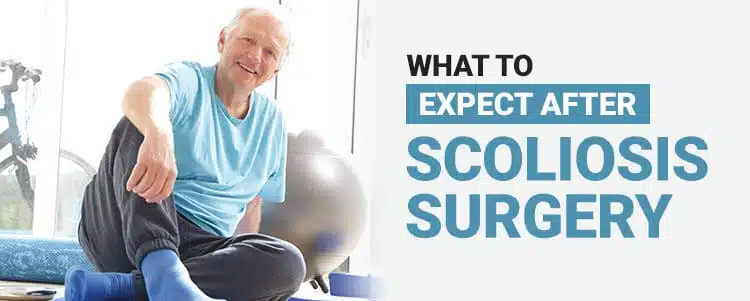

What to Expect After Scoliosis Surgery
This article will explore what to expect after scoliosis surgery, including both short- and long-term results.
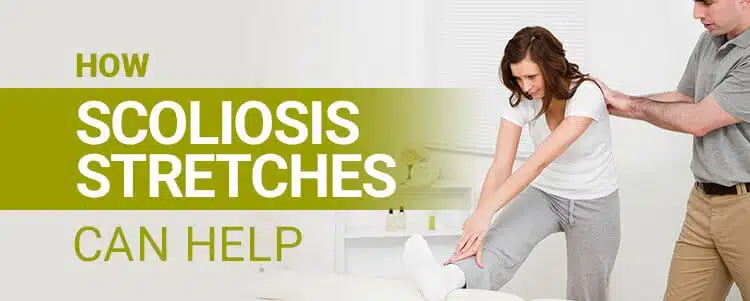

How Scoliosis Stretches Can Help
Learn how scoliosis stretches can help, how to do them correctly, and the role they play in scoliosis treatment efficacy.
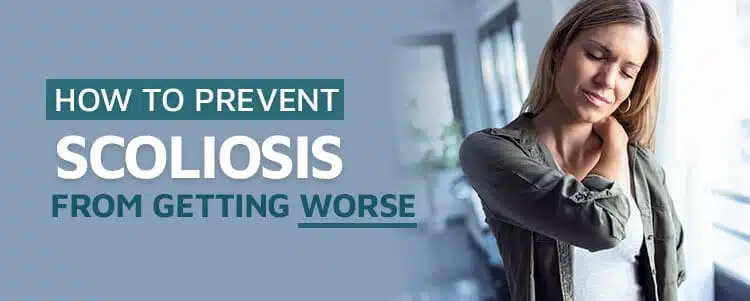

How to Prevent Scoliosis from Getting Worse
We discuss how to prevent scoliosis from getting worse and explore the difference between a traditional and a conservative approach.
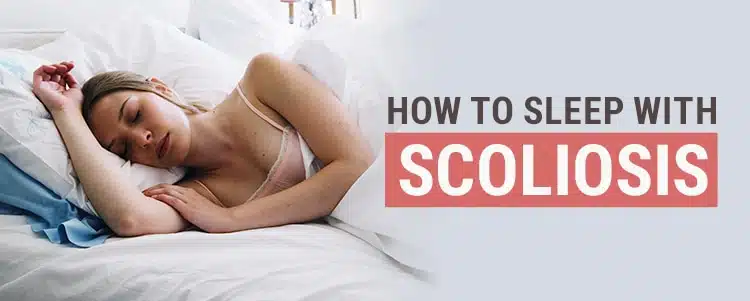

How to Sleep with Scoliosis
While sleep-disruption isn’t a guaranteed aspect of living with scoliosis, for those asking how to sleep with scoliosis, here are some helpful tips.
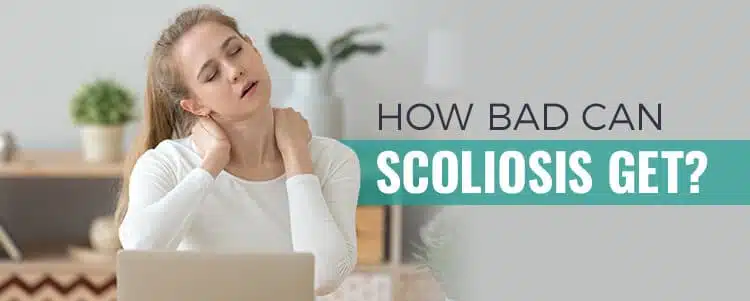

How Bad Can Scoliosis Get?
Just how bad can scoliosis get? It will get worse over time, and depends on a number of factors, including the chosen treatment approach.


What is Thoracic Scoliosis?
Let’s explore what is thoracic scoliosis by learning about the spine’s basic anatomy and common symptoms of the condition.
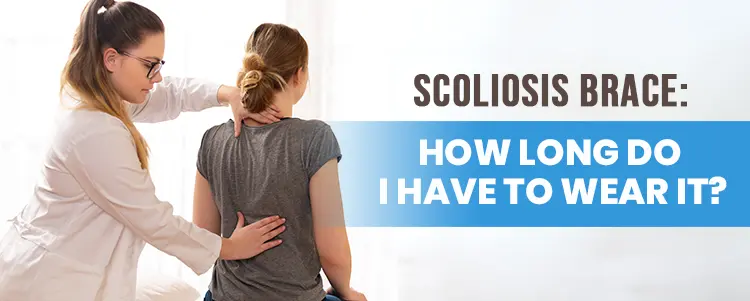

Scoliosis Brace: How Long Do I Have To Wear It?
The first question after getting your new scoliosis brace: “How long do I have to wear it?
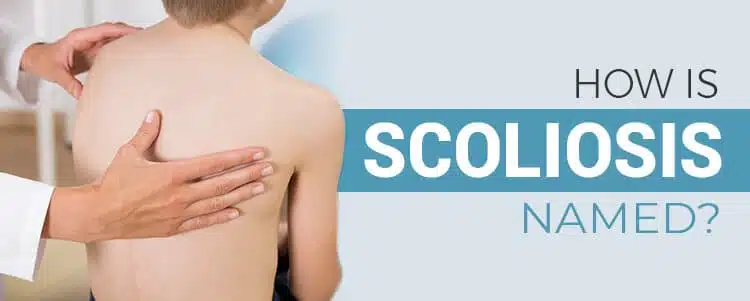

How is Scoliosis Named?
For patients having just received a scoliosis diagnosis, it’s helpful to fully understand how is scoliosis named.